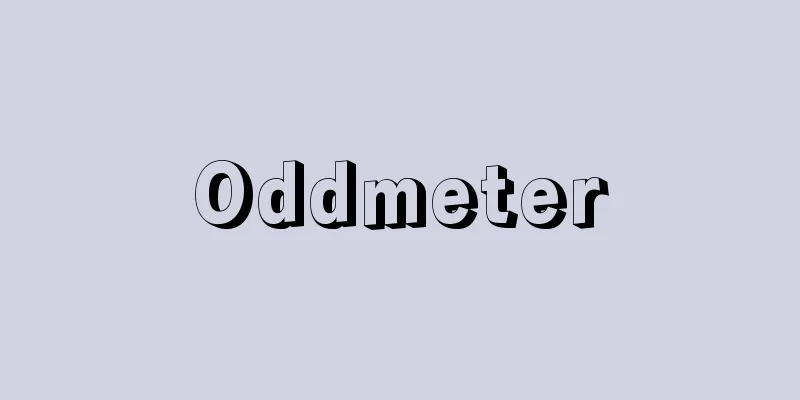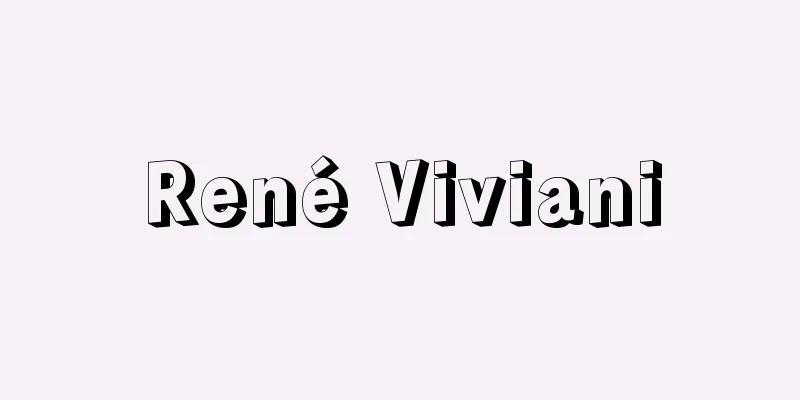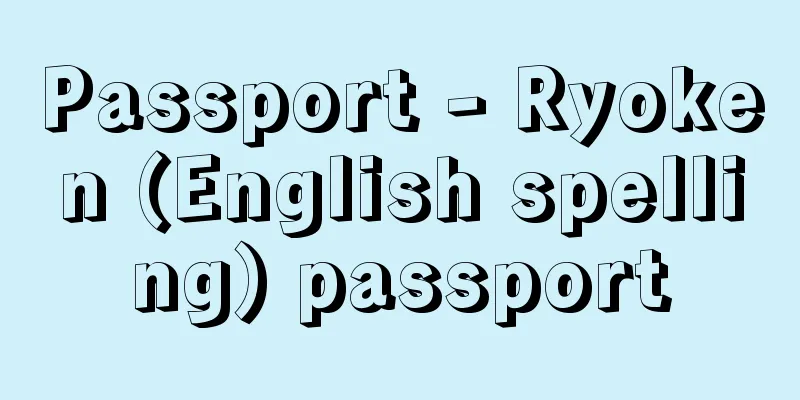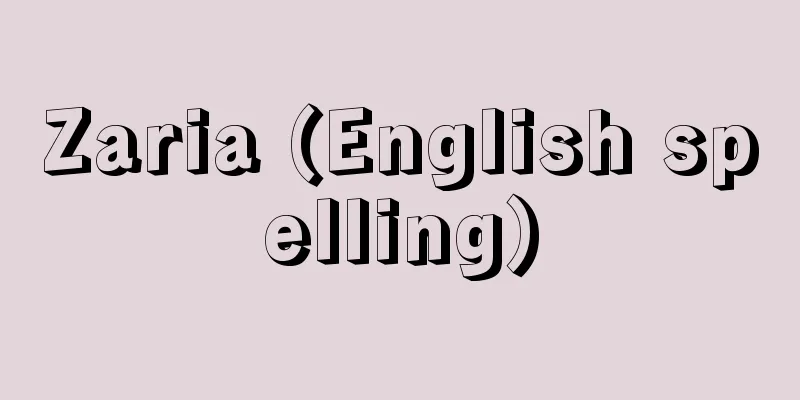Fishing net - Amigyog
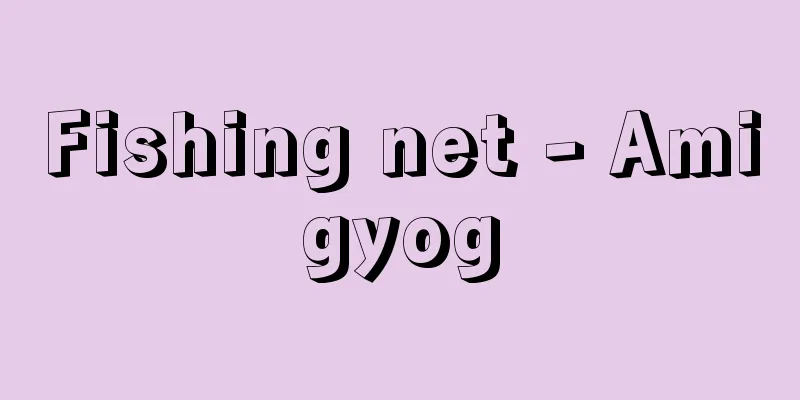
|
Among the fishing gear used in fishing, net fishing refers to gear that mainly consists of a net, floats, sinkers, and ropes, and fishing that uses these gears is called net fishing. In Japan, the amount of fish caught by net fishing accounts for about 80% of the total catch, far surpassing other fishing gears that use fishing line gear or miscellaneous fishing gear. Net fishing gear is diverse depending on the target fishery, ranging from simple ones like a landing net to complex ones like a drop net, and the way of using it ranges from easy to skilled. In terms of function, fishing gear can be broadly divided into (1) operational fishing gear, such as dragnets, purse seine nets, and cover nets, which actively pursue and capture schools of fish, and (2) fixed fishing gear, such as set nets, gill nets, set nets, and net cages, which are fixed in a certain place and capture schools of fish by waiting for them to come, although some gear combines (1) and (2). The main fishing gear and their characteristics are as follows: (1) Fishing gear in use (a) Seine nets These include floating seine nets (boat seine nets, beach seine nets), mid-water seine nets, bottom seine nets, casting nets, hand-held nets, rake nets, and coral nets. Seine nets are made by attaching sleeves to the left and right sides of the opening of a bag-shaped net, and pulling the rope at the end to drag the net horizontally to capture fish and shellfish. Trawl nets are the most widespread of all, and come in a variety of types, from small-scale to large-scale mother ship-based types, and can catch large quantities of bottom-dwelling fish and shellfish such as Alaska pollock, Pacific cod, and crabs. (b) Purse seine nets These include purse seine or reeling nets (single-boat or double-boat), pounding nets, driving nets, binding nets, and sewing nets. Purse seine nets are used to surround a school of fish with a single wide net, and then the bottom of the net is tightened to capture them. Among these, purse seine nets imported from America are popular for sardines, mackerel, bonito, tuna, etc., but Japan's traditional reeling nets have been gradually improved and are no longer clearly distinguishable from purse seine nets. (c) Trap nets: Cast nets, lantern nets, wholesale nets, etc. Trap nets are used to catch fish by placing a net over them. (d) Scoop nets: These include landing nets and the like. (2) Fixed fishing gear (a) Set nets or vertical nets These include platform nets (daibou net, oshiki net, drop net), masu net or tsubo net, stretch net (machi net, nagabukuro net, funahari net, okiken net), set net or vertical drying net (sutate), and amieri nets. Set nets are set up in a straight line at certain locations along the coast that are suitable for schools of fish to migrate, blocking the passage of fish and guiding them into the net, where they are then dropped into a bag net inside an enclosure net for capture. They are used to catch many fish species that mainly migrate seasonally, such as salmon, sardines, mackerel, yellowtail, tuna, and squid. (b) Gill nets These include floating gill nets, drift gill nets, bottom gill nets (seven-eye (diagonal) nets, three-piece nets, etc.), and purse gill nets. Gill nets are long, thin nets stretched vertically through the passage of fish, and fish are caught by either getting caught in the mesh or getting entangled in the net base, with the size of the mesh and the thickness of the net thread varying depending on the target fish. Floating gill nets are laid on or near the surface of the water, and target sardines, flying fish, mackerel, etc. Drift gill nets are laid on or near the surface of the water, and allowed to drift with the tides, and target sardines, pacific saury, flying fish, mackerel, salmon, herring, Japanese Spanish mackerel, etc. Bottom gill nets are laid on the seabed or on the bottom layer nearby, and target flounder, turbot, Alaska pollock, shrimp, crab, etc. A round gill net is used to catch fish by surrounding a school of fish with a net and allowing them to be caught in the meshes, and is generally used to catch small coastal fish such as mullet, gizzard shad, pacific saury, Spanish mackerel, Japanese Spanish mackerel, and other small coastal fish. (c) Set nets These include pole-holding nets, eight-handed nets, four-boat-stretching nets, four-handed nets, and scuttle nets. The net is spread out in the water and fish are caught when they arrive on top of it and then pulled up. The nets are square, rectangular, circular, etc. in shape, and some are fitted with sleeve nets or bag nets to prevent fish from escaping. Some, like the saury pole-holding nets, use fish-attracting lights to lure fish, others scatter bait, and still others chase and catch fish by striking them or throwing stones. Fish species targeted include saury, sardines, horse mackerel, and sand lance. (d) Net traps These include crab traps, shrimp traps, squid traps, etc. Net traps are used to lure and capture fish and shellfish into a cage made of a stretched net. [Yoza Kazuyuki] [Reference] | | | | | | net| | gear|Fishing net|Purse seine| | | | |Set net|Tie- |Beach | | | | |Daibo net| net|Tamo net| net|Cast | |Boat | -support net| | | |©Shogakukan "> Net fishing gear (seine net) ©Shogakukan "> Net fishing gear (purse seine) ©Shogakukan "> Net fishing gear (fixed net) ©Shogakukan "> Fishing nets (gill nets) ©Shogakukan "> Fishing net (set net) Source: Shogakukan Encyclopedia Nipponica About Encyclopedia Nipponica Information | Legend |
|
漁業に使われる漁具のうち、網地(漁網)を主体に、浮子(あば)(浮き)、沈子(ちんし)(いわ)、綱を伴って構成されるものをいい、これらの漁具を用いる漁業を網漁業という。網漁業による漁獲量は、日本では全漁獲量の約80%を占め、ほかの釣り漁具や雑漁具を使用する漁業を圧倒している。網漁具は、漁獲対象により多種多様で、たも網のような単純なものから落し網のような複雑なものまであり、使い方も簡単なものから熟練を要するものまである。機能的には、(1)積極的に魚群を追って捕獲する引網(ひきあみ)類、巻網(まきあみ)類、掩(かぶせ)網類などの運用漁具と、(2)一定の場所に固定して魚群の来遊を待って捕獲する定置網類、刺(さし)網類、敷(しき)網類、網籠(あみかご)類などの固定漁具とに大別されるが、(1)と(2)を兼ねるものもある。主要な漁具と特徴は次のとおりである。 (1)運用漁具 (a)引網類 浮引(うきひき)網(船引網、地引網)、中層引網、底引網(トロール網)、打瀬(うたせ)網、手繰(てぐり)網、桁(けた)網、サンゴ網などが含まれる。引網類は、袋状の網の入口の左右に袖(そで)網をつけ、その先のロープを引っ張って網を水平に引き回し、魚貝類を捕獲する。なかでもトロール網の普及は著しく、小規模のものから母船式の大規模のものまであり、スケトウダラやメヌケ類、カニ類など底層の魚貝類を大量に漁獲することができる。 (b)巻網類 巾着(きんちゃく)網または揚繰(あぐり)網(一艘(そう)巻、二艘巻)、叩(たた)き網、追込み網、縛(しば)り網、縫(ぬい)切り網などが含まれる。巻網類は、1枚の幅広い網で魚群を包囲してから、網の裾(すそ)を絞って捕獲する。なかでも、アメリカから移入された巾着網がイワシやサバ、カツオ、マグロなどを対象にして普及しているが、日本古来の揚繰網もしだいに改良されて巾着網と明確に区別ができなくなっている。 (c)掩網類 投(と)網、提灯(ちょうちん)網、卸(おろし)網など。掩網類は、魚の上から網をかぶせて捕獲する。 (d)抄(すくい)網類 たも網などが含まれる。 (2)固定漁具 (a)定置網類または建(たて)網類 台網(大謀(だいぼう)網、大敷(おおしき)網、落し網)、桝(ます)網または壺(つぼ)網、張網(待ち網、長袋(ながふくろ)網、船張(ふなはり)網、沖建網)、出し網または建干し網(簀(す)立て)、網魞(あみえり)類などが含まれる。定置網類は、魚群の来遊に適した沿岸の一定の場所に垣網をほぼ直線に設置し、魚の通路を遮断して網の中に誘導し、さらに囲網(かこいあみ)の中の袋網に落とし入れて漁獲する。サケ、イワシ、サバ、ブリ、マグロ、イカなどの、主として季節回遊する多くの魚類を対象とする。 (b)刺網類 浮刺網、流し刺網、底刺網(七目(ななめ)網、三枚網など)、巻刺網などが含まれる。刺網類は、魚群の通路に細長い網を垂直に張り、魚を網目に刺させるか、あるいは網地に絡ませて漁獲するが、対象魚によって網目の大きさ、網糸の太さが異なる。浮刺網は、水面または水面の近くに敷設し、イワシ、トビウオ、サバなどを対象とする。流し刺網は、水面または水面の近くに敷設し、潮流にまかせて網を漂流させ、イワシ、サンマ、トビウオ、サバ、サケ、ニシン、イナダなどを対象とする。底刺網は、海底またはその近くの底層に敷設し、カレイ、ヒラメ、スケトウダラ、エビ、カニなどを対象とする。巻刺網は、魚群を網で包囲して網目に刺させて漁獲するもので、ボラ、コノシロ、サンマ、イナダ、サワラなどや沿岸性の雑魚(ざこ)を対象とする。 (c)敷網類 棒受(ぼううけ)網、八手(やつで)網、四艘張網、四手(よつで)網、筧(かけい)網などが含まれる。網を水中に広げて敷き、魚群が網の上に来遊するのを待って引き揚げて漁獲する。網の形は正方形、長方形、円形などで、魚が逃げるのを防ぐために袖網や袋網をつけるものもある。サンマ棒受網のように集魚灯を使って魚をおびき寄せるものや、撒(ま)き餌(え)で魚を寄せるもの、打音(だおん)や投石をして魚を追い上げて漁獲するものもある。サンマ、イワシ、アジ、イカナゴなどを対象としている。 (d)網籠類 カニ籠、エビ籠、イカ籠などが含まれる。網籠類は、網を張った籠の中に魚貝類を誘い込んで捕獲する。 [余座和征] [参照項目] | | | | | | | | | | | | | | | | | | | | | | | | | | | | | | | | | | | | | | |©Shogakukan"> 網漁具(引網) ©Shogakukan"> 網漁具(巻網) ©Shogakukan"> 網漁具(定置網) ©Shogakukan"> 網漁具(刺網) ©Shogakukan"> 網漁具(敷網) 出典 小学館 日本大百科全書(ニッポニカ)日本大百科全書(ニッポニカ)について 情報 | 凡例 |
Recommend
Hanging inkstone - Kakesuzuri
〘Noun〙① (Abbreviation of "kakesuzuribako (han...
Inter-high school
〘 noun 〙 ( Western word inter-high) (created in co...
Lomi, O. (English spelling) LomiO
…Italian painter. His real name was Orazio Lomi. ...
Archannelida
…A general term for annelids belonging to the ord...
Large front curtain - Large front curtain
〘Noun〙 ("Dai" means formal) A type of ma...
Blood Daruma
A type of Kabuki-Kyogen. Based on the true story o...
Grassman algebra
…∧( V ) is an algebra with the product ∧. This is...
Pertechnetate ion
...It dissolves in neutral or acidic 5% hydrogen ...
Hatchobori
The name of a town located almost in the center o...
Atoshizari - After-stalk
...A general term for arthropods belonging to the...
Kazukazu - Count
…The North Caucasus is part of the Russian Federa...
Indulgence - indulgentia; indulgence
A term used in the Catholic Church. Today, the ter...
Southey, Robert
Born: August 12, 1774, Bristol [died] March 21, 18...
Arte da lingoa de lapam (English spelling) Artedalingoadelapam
…[Fukushima Kunido]. … *Some of the terminology t...
visual angle
…The unit of visual acuity is determined by inter...

![Takine [town] - Takine](/upload/images/67cc1eeeb48db.webp)
